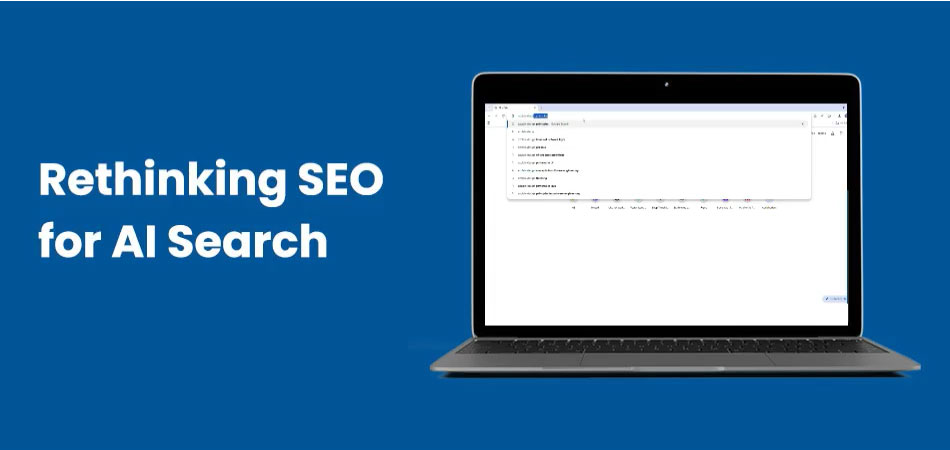Google Ads is one of the most popular online advertising platforms in the world. It allows businesses to reach their target audience by creating ads that appear on Google search results pages, YouTube, and other websites across the internet. However, creating an ad campaign on Google Ads is just the first step. To ensure that your ads are effective, you need to optimize them for maximum performance.
One of the key metrics that you should pay attention to when optimizing your Google Ads campaigns is your Quality Score. Your Quality Score is a metric that measures the health of your account, campaigns, and individual ads. It takes into account a variety of factors, including ad relevance, landing page experience, and expected click-through rate.
In this blog post, we will take a closer look at Google Ads Quality Score, what it is, how it works, and why it matters.
What is Google Ads Quality Score?
Your Google Ads Quality Score is a metric that measures the health of your account, campaigns, and individual ads. It takes into account a variety of factors that contribute to the success of your ad campaigns, including ad relevance, landing page experience, and expected click-through rate.
Your Quality Score is on a scale of 1-10. The higher your score, the better your account, campaigns, and ads perform. A score of 10 means that your account is optimized to the fullest extent possible, while a score of 1 means that there is a lot of room for improvement.
How is Google Ads Quality Score Calculated?
Google Ads uses complex algorithms to calculate Quality Score. These factors include:
- Ad relevance: This measures how closely your ad matches the search query or the user’s interests. It looks at the relevance of your ad’s headlines, descriptions, and keywords to the search query.
- Landing page experience: This measures how relevant, informative, and easy to use your landing page is. It looks at the loading time, mobile-friendliness, and overall user experience of your landing page.
- Expected click-through rate: This measures the likelihood of your ad getting clicked on when shown to a user. It looks at historical data from your account and compares it to other advertisers with similar ads and targeting.
The score is reported from 1-10 and is meant to help marketers refocus their energies on increasing customer impact. Google describes the score as “a warning light for a car’s engine.” It tells you, the driver, that something’s wrong with your ad or website so that you can fix it.
Why is Google Ads Quality Score Important?
Your Google Ads Quality Score is important because it helps you identify areas of your account, campaigns, or ads that need improvement. By focusing on improving these areas, you can increase the effectiveness and profitability of your ad campaigns.
For example, if your Quality Score for ad relevance is low, it means that your ads are not as closely related to the search query or user interests as they could be. To improve this score, you may need to refine your keyword targeting or update your ad copy to better match the user’s intent.
Similarly, if your Quality Score for landing page experience is low, it means that your landing page may not be as relevant or user-friendly as it could be. To improve this score, you may need to update your landing page to provide more information or make it more visually appealing.
Tips to improve your Quality Score
Although it would be convenient if quality scores could improve on their own, this is not a practical expectation. Marketers must be ready to implement changes and revisions when notified of low-Quality Scores. Here are five methods to enhance your score.
- Improve Ad Relevance: Ad relevance is the most important factor in determining your Quality Score. To improve ad relevance, ensure your keywords are closely related to your ad copy and landing page. Use specific keywords that match the user’s search query. Make sure your ad copy is compelling and relevant to the user’s needs.
- Optimize Landing Pages: Your landing page is where users will end up after clicking on your ad. Ensure your landing pages are relevant, informative, and easy to use. Optimize your landing pages for mobile devices, and make sure they load quickly.
- Use Ad Extensions: Ad extensions provide additional information to your ads, making them more relevant and useful to users. Use site link extensions to provide links to different pages on your website. And callout extensions to highlight your unique selling points. Structured snippet extensions to provide additional details about your products or services.
- Improve Page Load Times: Page load time is an important factor in determining your Quality Score. Make sure your landing pages load quickly, especially on mobile devices. Use tools like Google’s PageSpeed Insights to identify areas for improvement.
- Optimize for Mobile Devices: With more and more users accessing the internet on their mobile devices, it’s important to optimize your ads and landing pages for mobile devices. Use responsive design to ensure your landing pages look good on all screen sizes. Optimization for Mobile Devices is a must.
Conclusion
Simply working hard and achieving a high ranking is insufficient, as it is crucial to sustaining that ranking over time. Google regularly checks websites, but Quality Score changes gradually. can deceive companies into thinking that they are performing well when in fact their performance has been gradually declining. To remain ahead of the curve, get in touch with a Google ads specialist & let us take care of your campaign. We will make sure to put you ahead of all your competition & put more leads in your beg every day.



